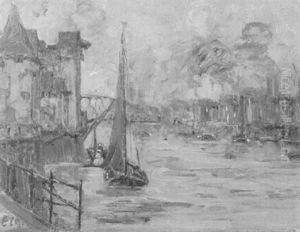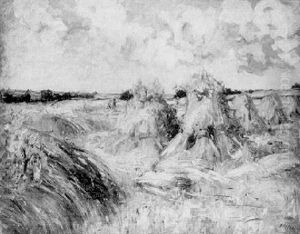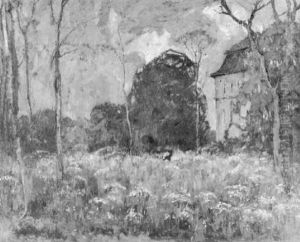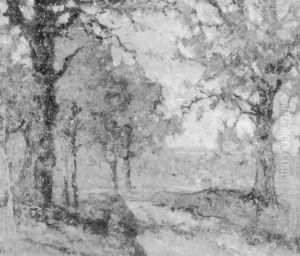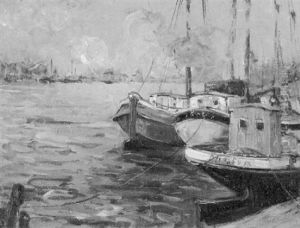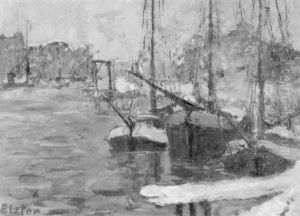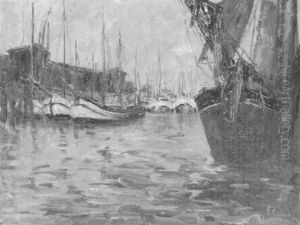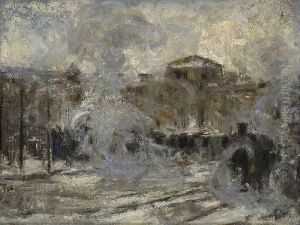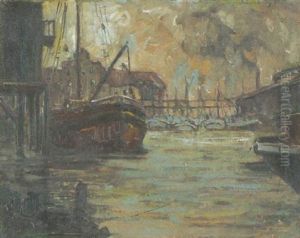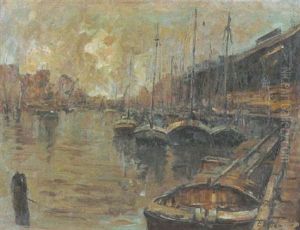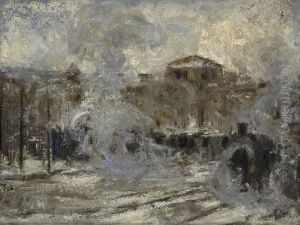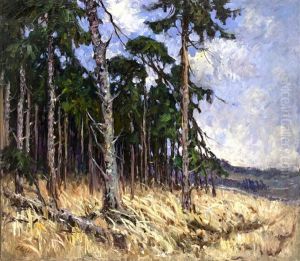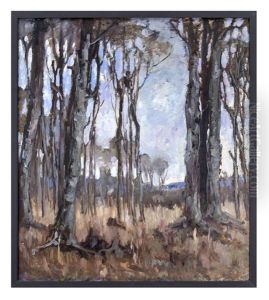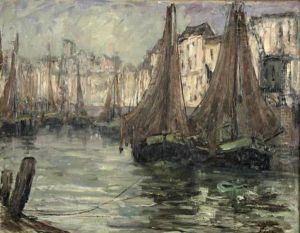Toni Elster Paintings
Toni Elster was a German painter and graphic artist known for her landscape painting and contributions to the art scene during the late 19th and early 20th centuries. Born on March 24, 1861, in Stuttgart, Germany, she was one of the few recognized female artists of her time, navigating a predominantly male-dominated art world.
Elster began her artistic education at a young age and was initially taught by her father, who was an amateur artist. She later studied at the Stuttgart Art School, which was unusual for women at the time since most art academies did not admit female students. Her determination and talent allowed her to continue her studies, and she eventually moved to Munich, which was a vibrant center for art and culture. Munich provided Elster with a more liberal and progressive artistic community, and she thrived in this environment, further developing her style and technique.
Throughout her career, Elster was known for her landscape paintings, which often depicted the serene and pastoral scenes of the German countryside. Her works were characterized by a delicate touch and a keen eye for detail, capturing the nuances of light and atmosphere in her scenes. Elster was influenced by the plein air painting technique, which involves painting outdoors to capture the natural light and color of the landscape.
Despite the challenges faced by women in the arts, Elster achieved considerable success in her lifetime. She exhibited her work in various exhibitions and was recognized by her peers and critics for her contributions to German art. She was also a member of the Stuttgart Artists' Association and actively participated in the artistic community, advocating for the recognition of women artists.
Toni Elster's legacy is that of a pioneering woman in the arts, who overcame societal barriers to pursue her passion for painting. Her works are still appreciated today for their beauty and the glimpse they provide into the German landscape of her time. Elster passed away on June 17, 1948, leaving behind a body of work that continues to be studied and admired by art historians and enthusiasts alike.
